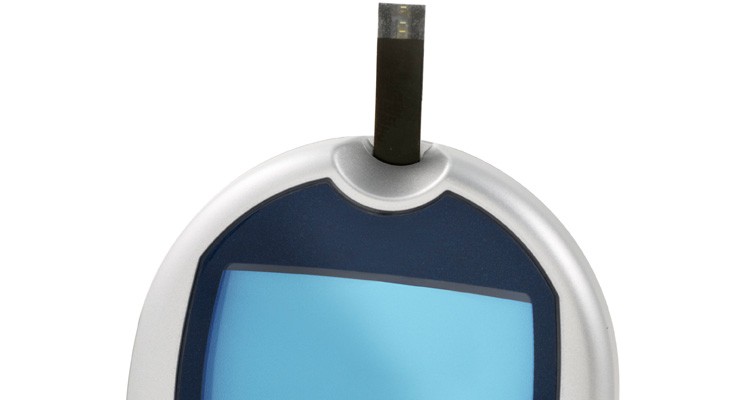Why Monitoring Your Blood Glucose is Important
Here’s what you can learn from regular blood sugar monitoring, and why it’s so important to your diabetes care.

If you’ve been diagnosed with diabetes, your doctor might have asked you to monitor your blood glucose regularly. How often you do it depends on your individual situation and doctor’s recommendation. Some people monitor it once a day. Others do it a few times a day. Still others monitor it every other day. Whatever your situation, are you doing it? Do you know why it’s so important?
Let’s briefly review what is going on in your body.
Blood glucose — the basics
When you eat or drink, your body breaks down the sugars and starches into glucose (or sugar), which fuels your cells. Insulin, a hormone, is required to move the glucose through your blood to your cells. When insulin is missing or not working right, your body can’t break down glucose. It builds up in your bloodstream.
Over time, high blood glucose can lead to problems with your heart, kidneys, eyes, feet and other areas. You’re more at risk for high blood pressure, stroke, mouth disease and skin disorders, among other things.
Isn’t that enough to persuade you to test your blood glucose?
To keep diabetes under control, a primary goal is to keep your blood glucose in an acceptable range. Your doctor has likely given you a target range. Now you just have to know what your blood glucose levels are.
How do you measure blood glucose?
Testing your blood glucose involves taking a little bit of blood. Tests can be done at home or in a clinical lab. There are two types of tests. Each yields a different result. Let’s see how they differ:
THE A1C TEST: This is a lab test that measures your average blood glucose level over the past two or three months. It will tell whether your blood glucose level is under control and at the target A1C your doctor has recommended for you.
The A1C also helps your doctor decide the kind and amount of diabetes medicine you may need. You need this test at least twice a year — more often, such as every 3 months, until your A1C has reached the recommended range. This may be recommended if your levels stay too high, if your treatment changes, if you become ill or if you plan to become pregnant.
THE SELF-TEST. A simple prick with a blood glucose meter on your fingertip or palm will give you a reading. You might do a self-test when you first get up, before you eat, after you eat, when you take your medicine, and/or at bedtime. Be sure to let you doctor know if your blood sugar readings are out of the desired range. And, follow your doctor's treatment plan for blood sugar readings that are out of range.
Keeping a record
Always make a note of the date, meter reading, time of day, when you last ate and what activity you were doing around the time of your reading.
Make a log in a notebook. If you prefer, look for a smartphone app or an online tool that helps you store and track information. You can jot your results down and fill them in later if you find it easier.
You will soon be able to see how eating, getting physical activity, taking your medicine or being ill or stressed can affect your blood glucose. Share these records with your doctor during each visit.
By Ginny Greene, Contributing Editor
Sources
American Diabetes Association. Standards of medical care in diabetes–2015. Diabetes Care. 2015;38:s1-s93. Accessed: September 22, 2015.
National Diabetes Education Program. Know your blood sugar numbers. Accessed: September 22, 2015.
Last Updated: September 28, 2015
